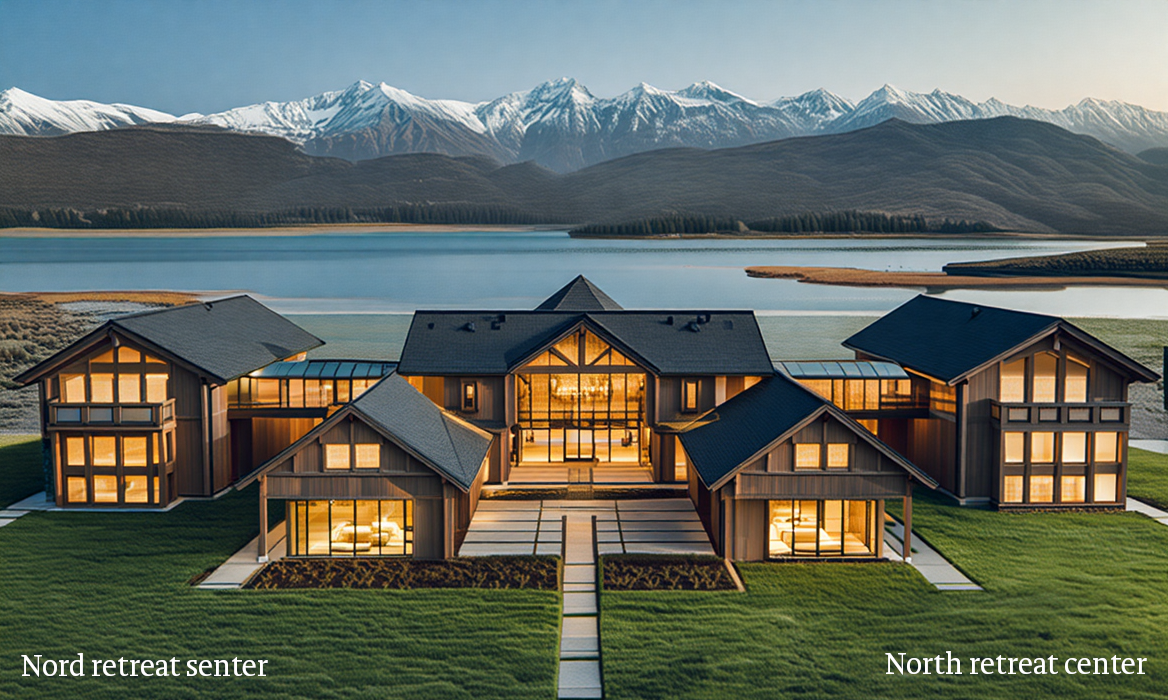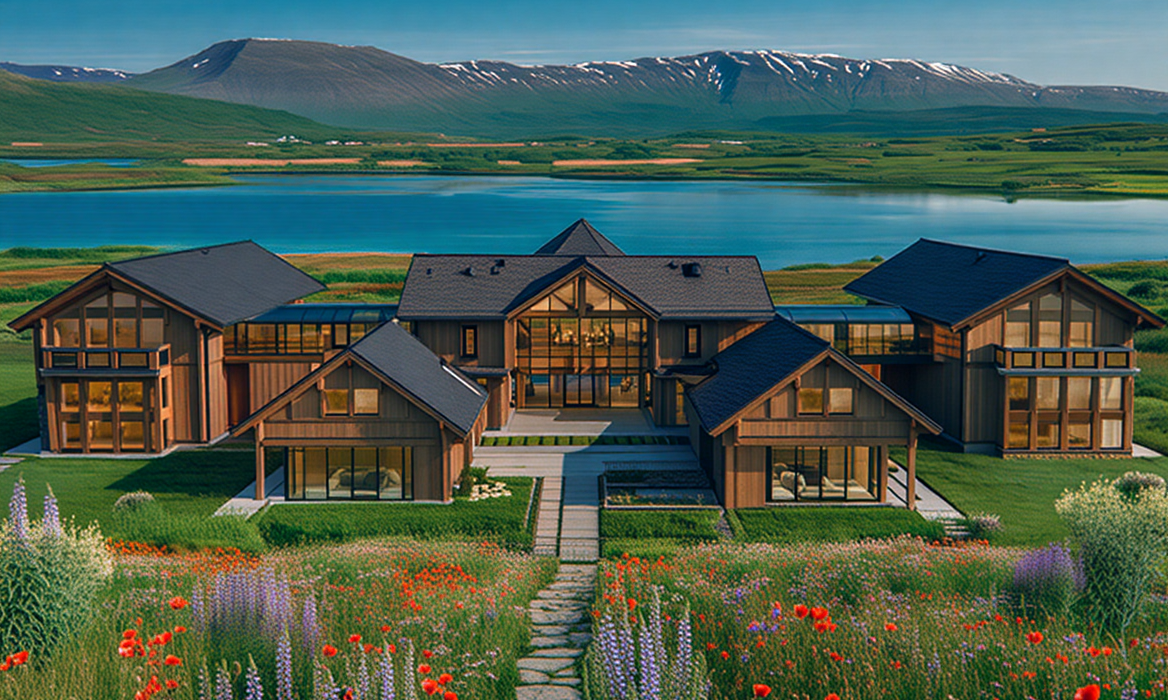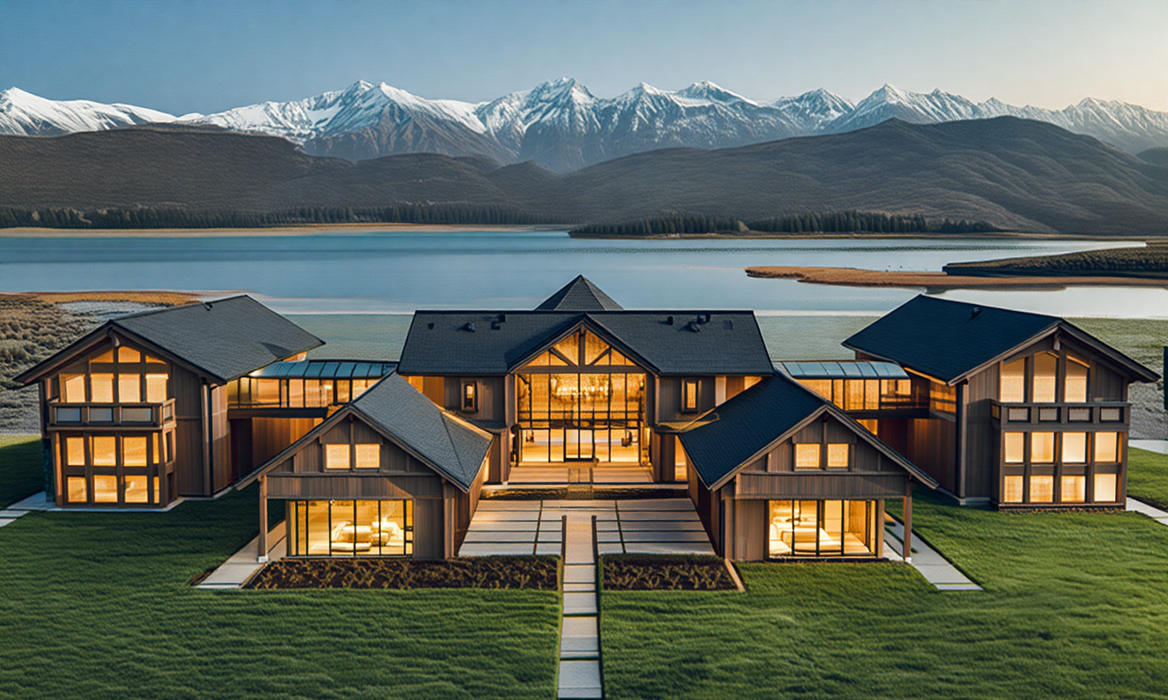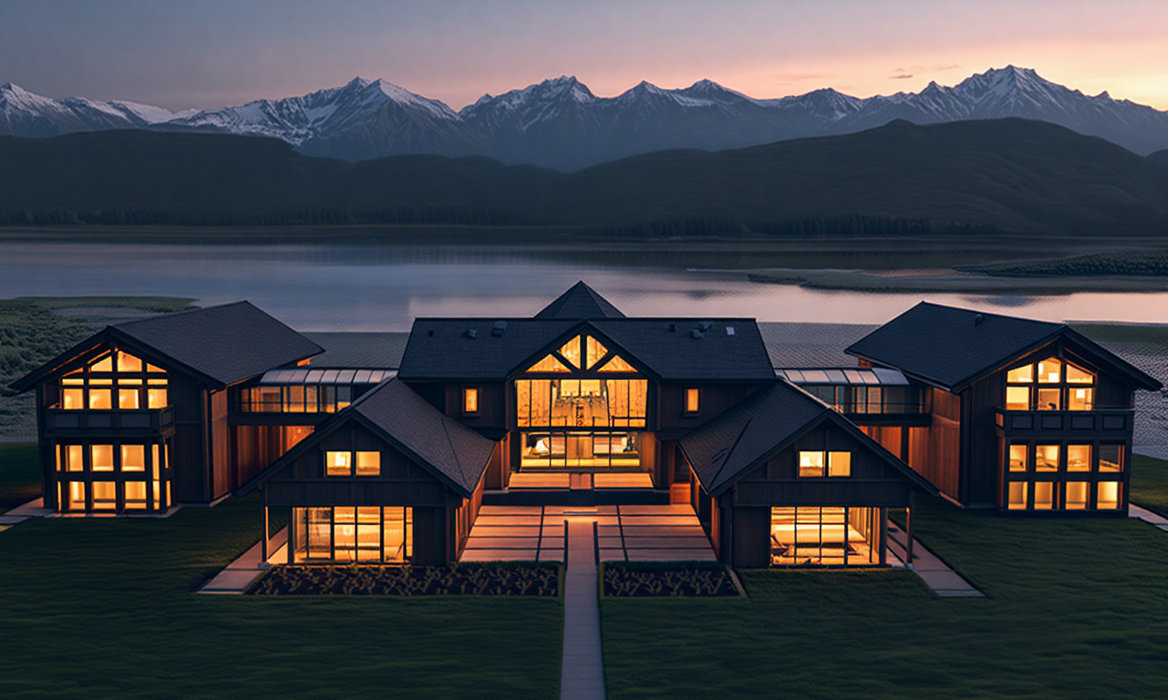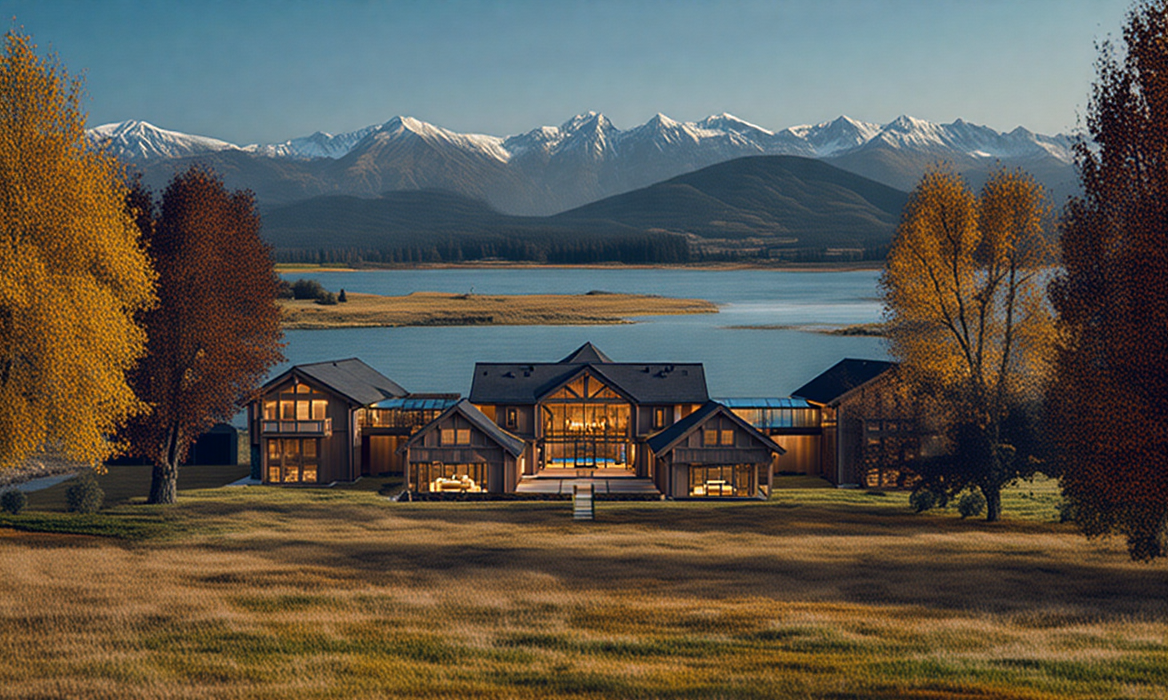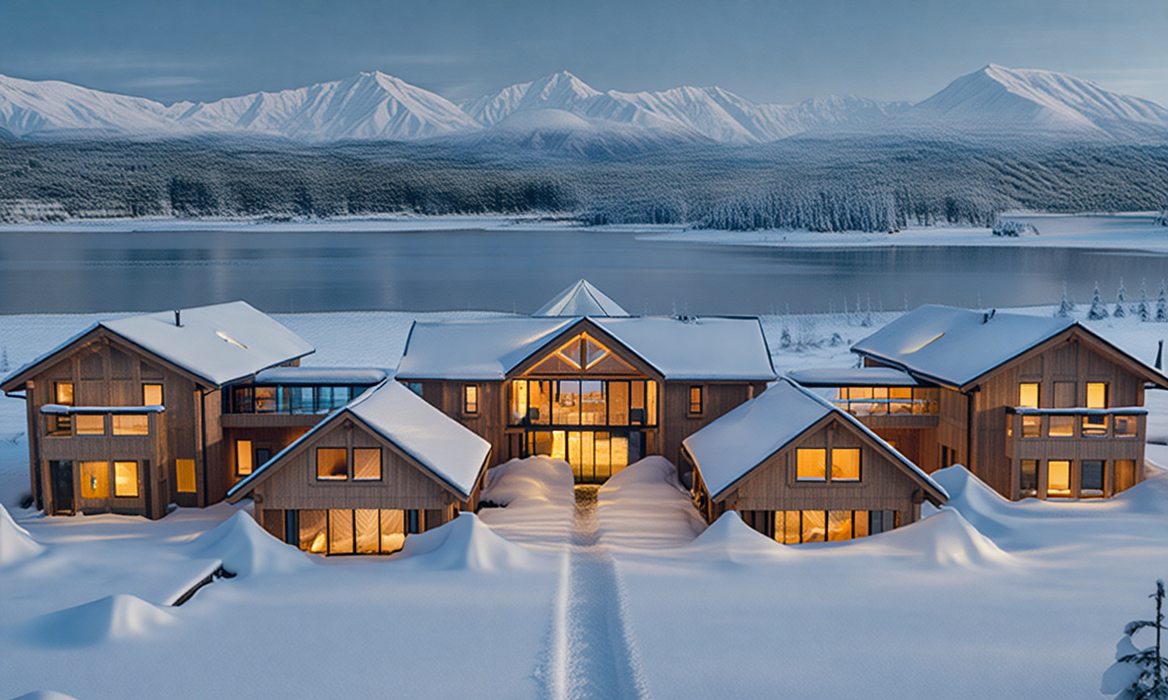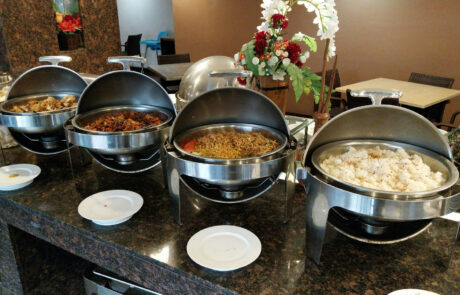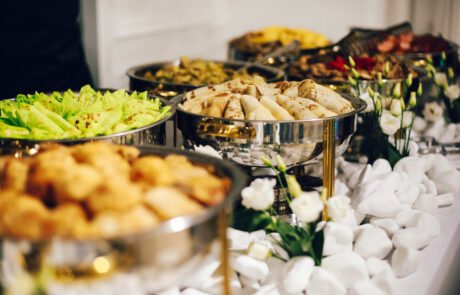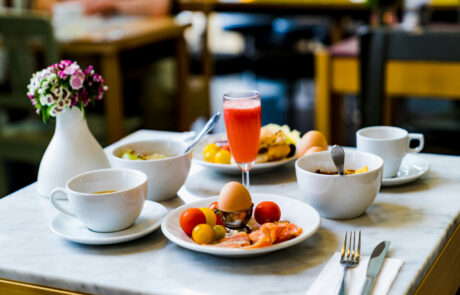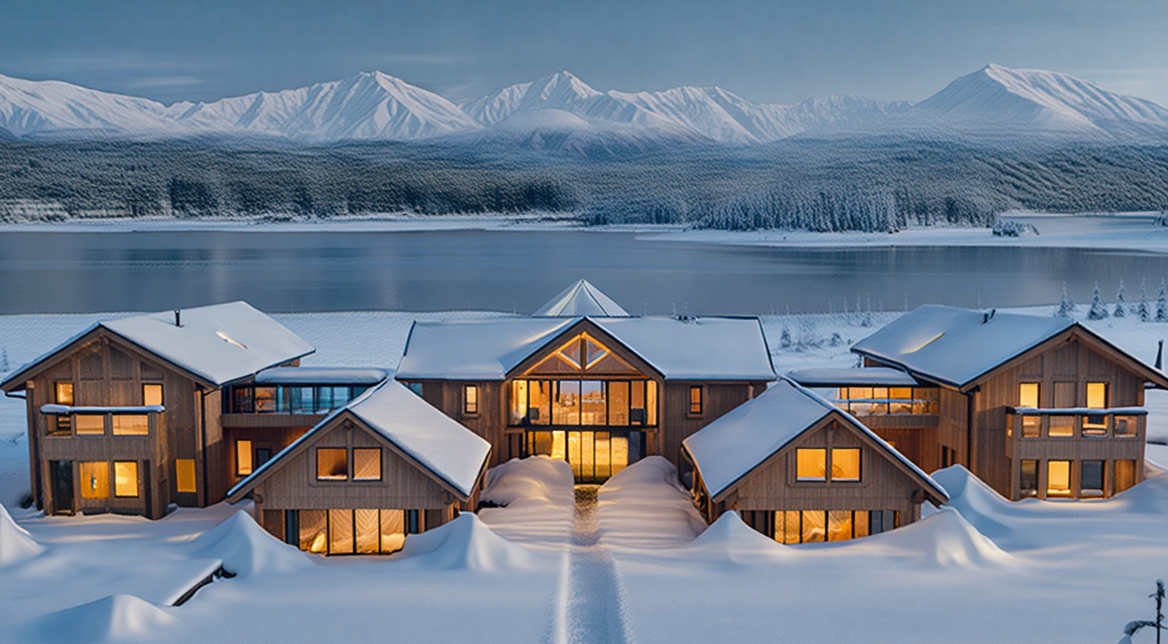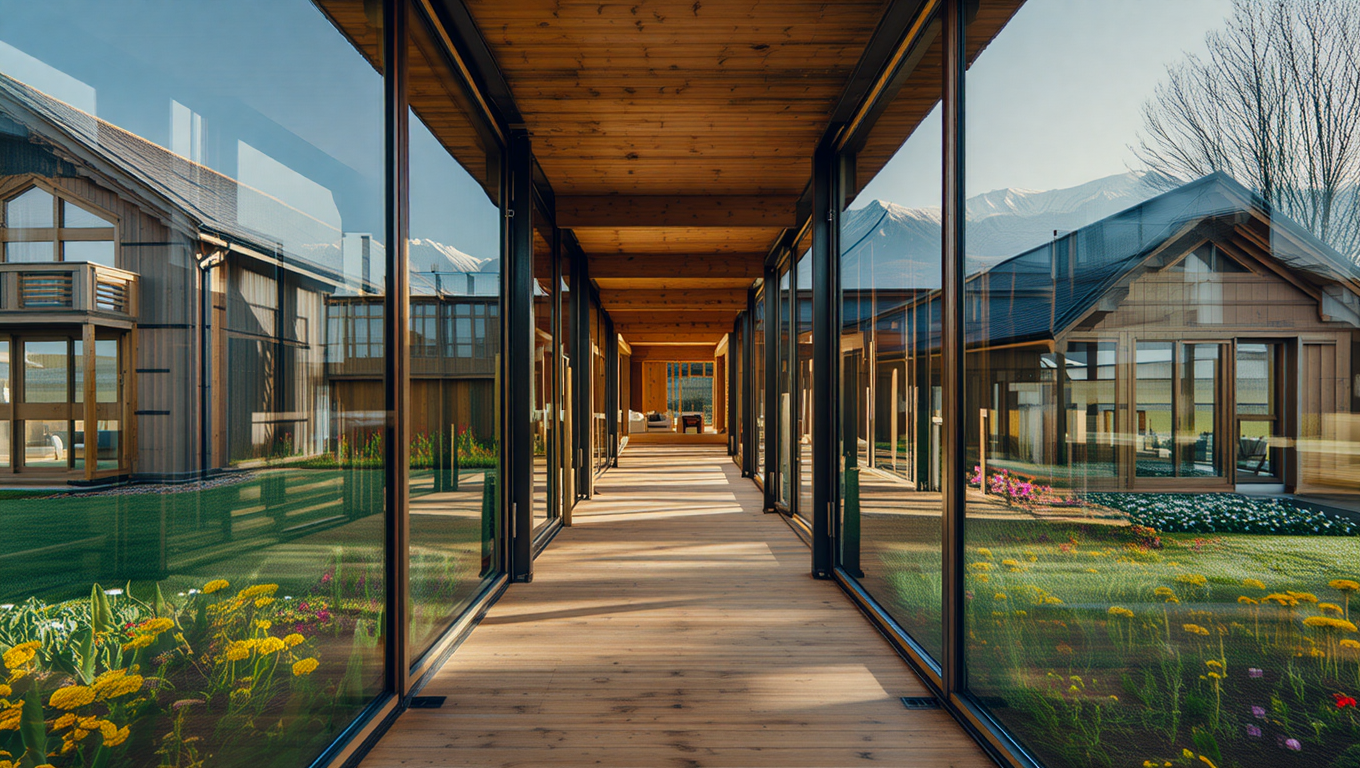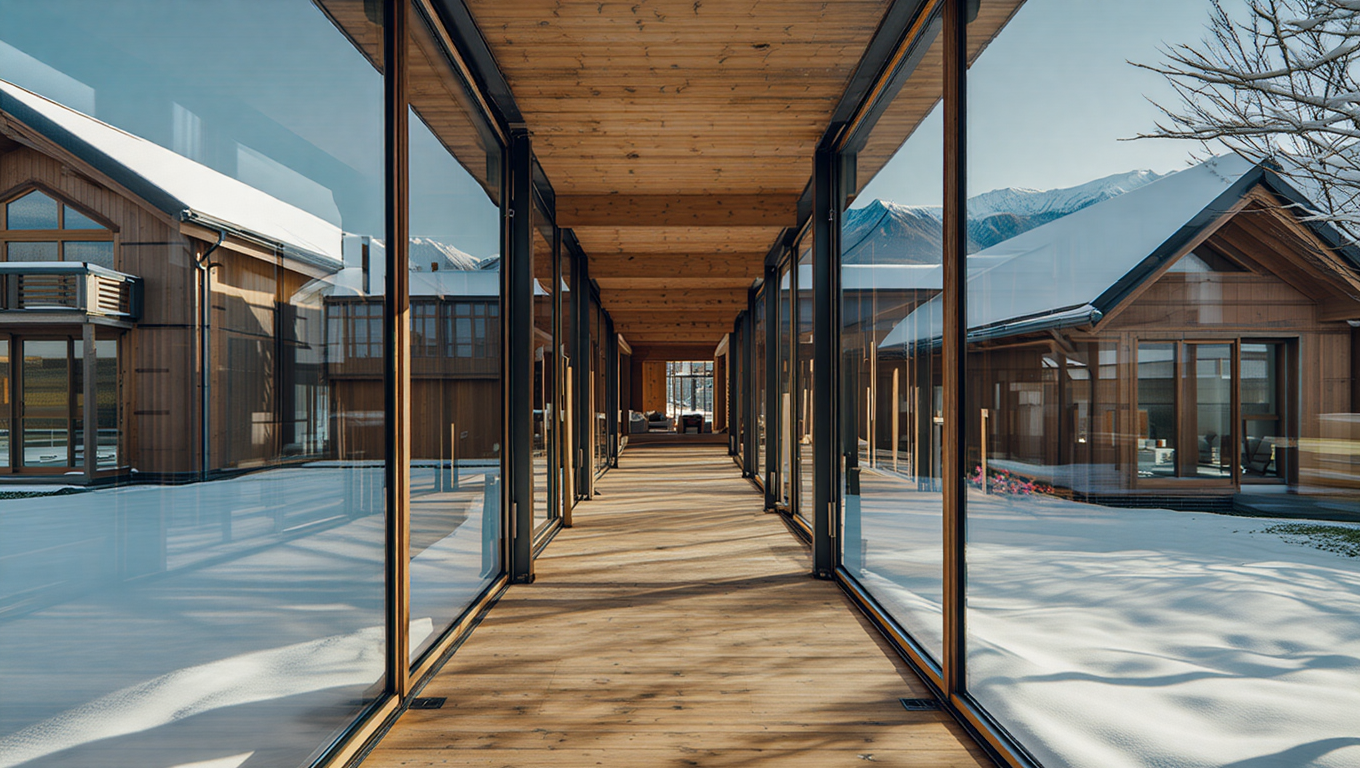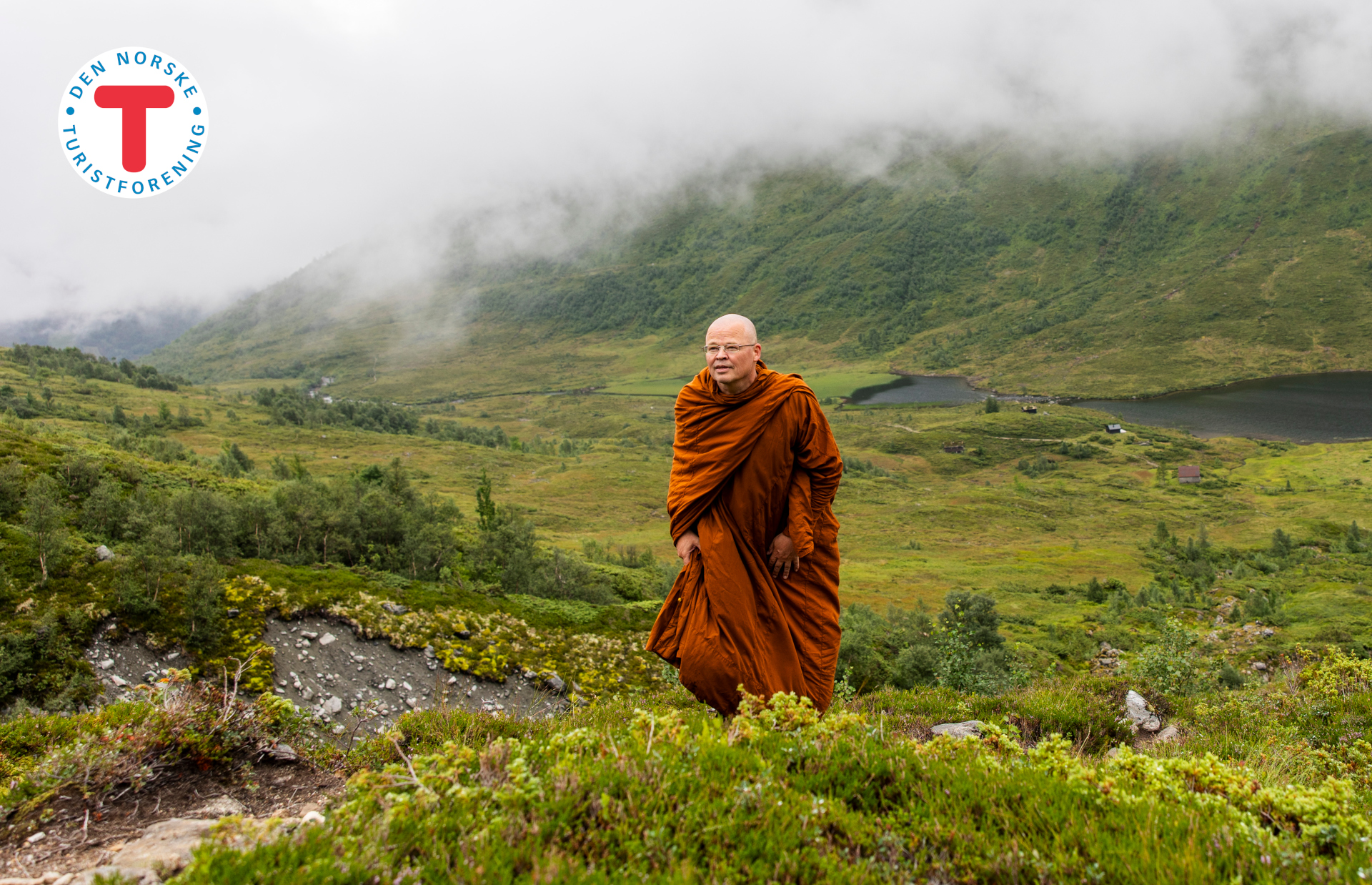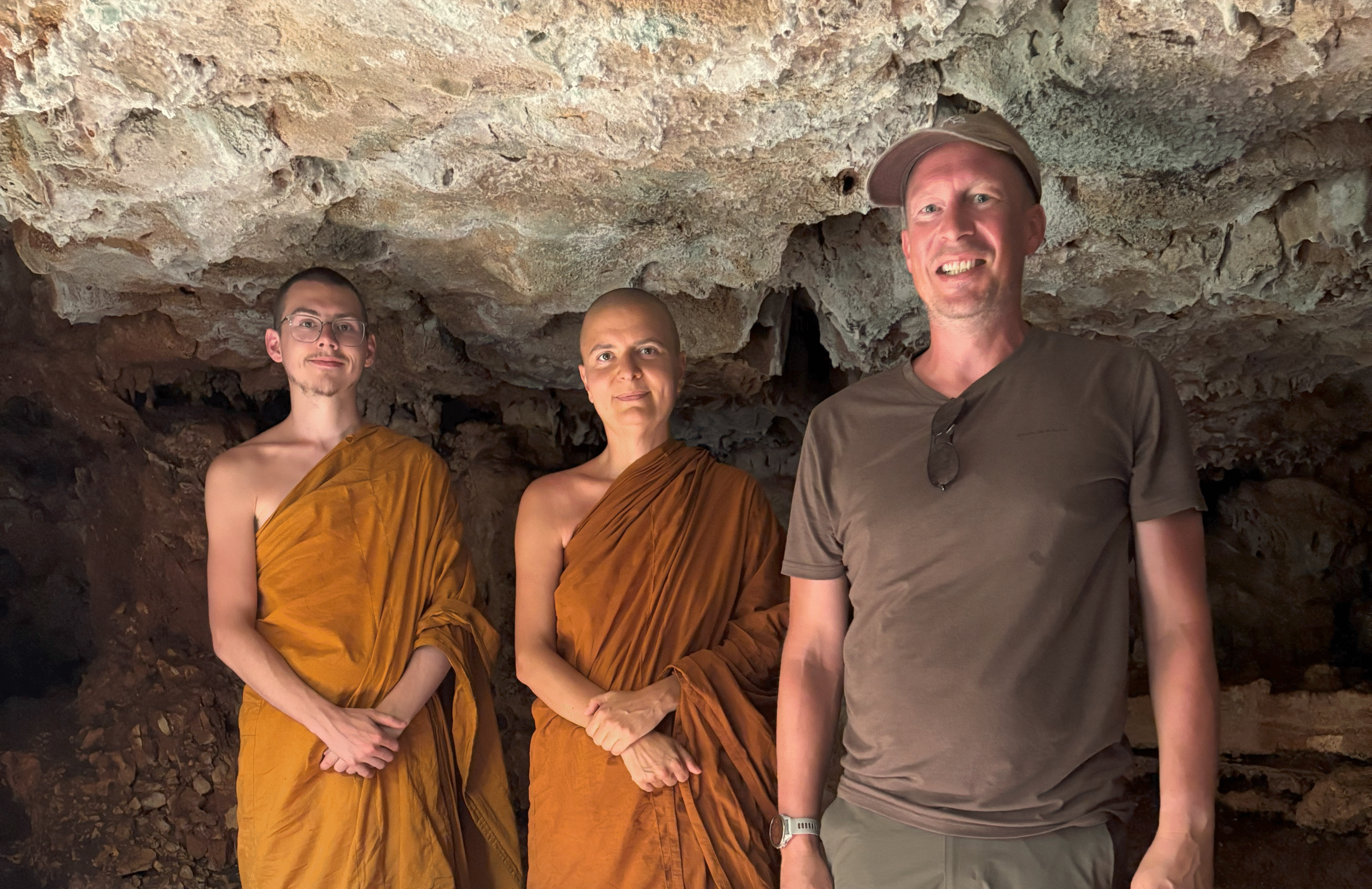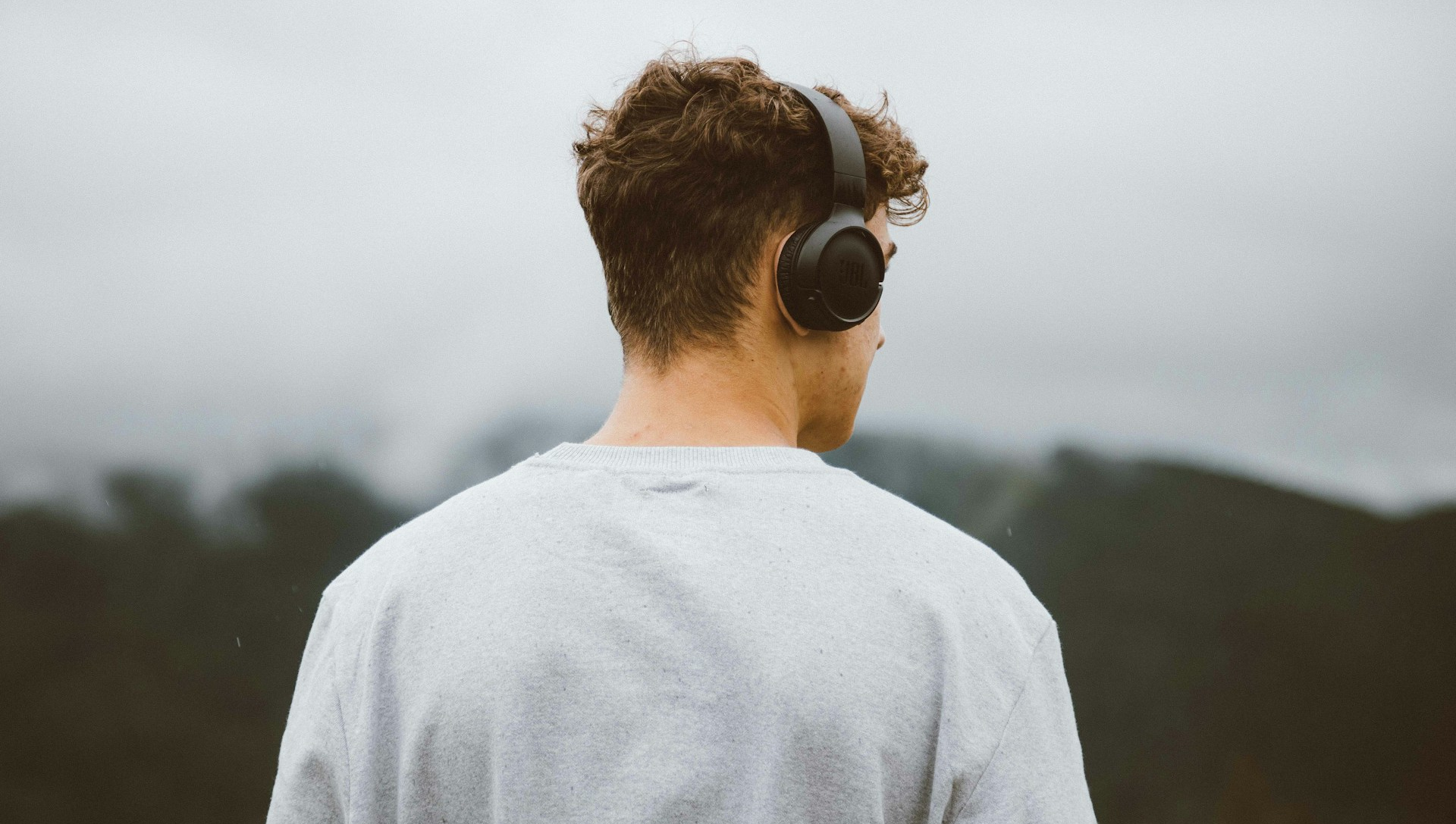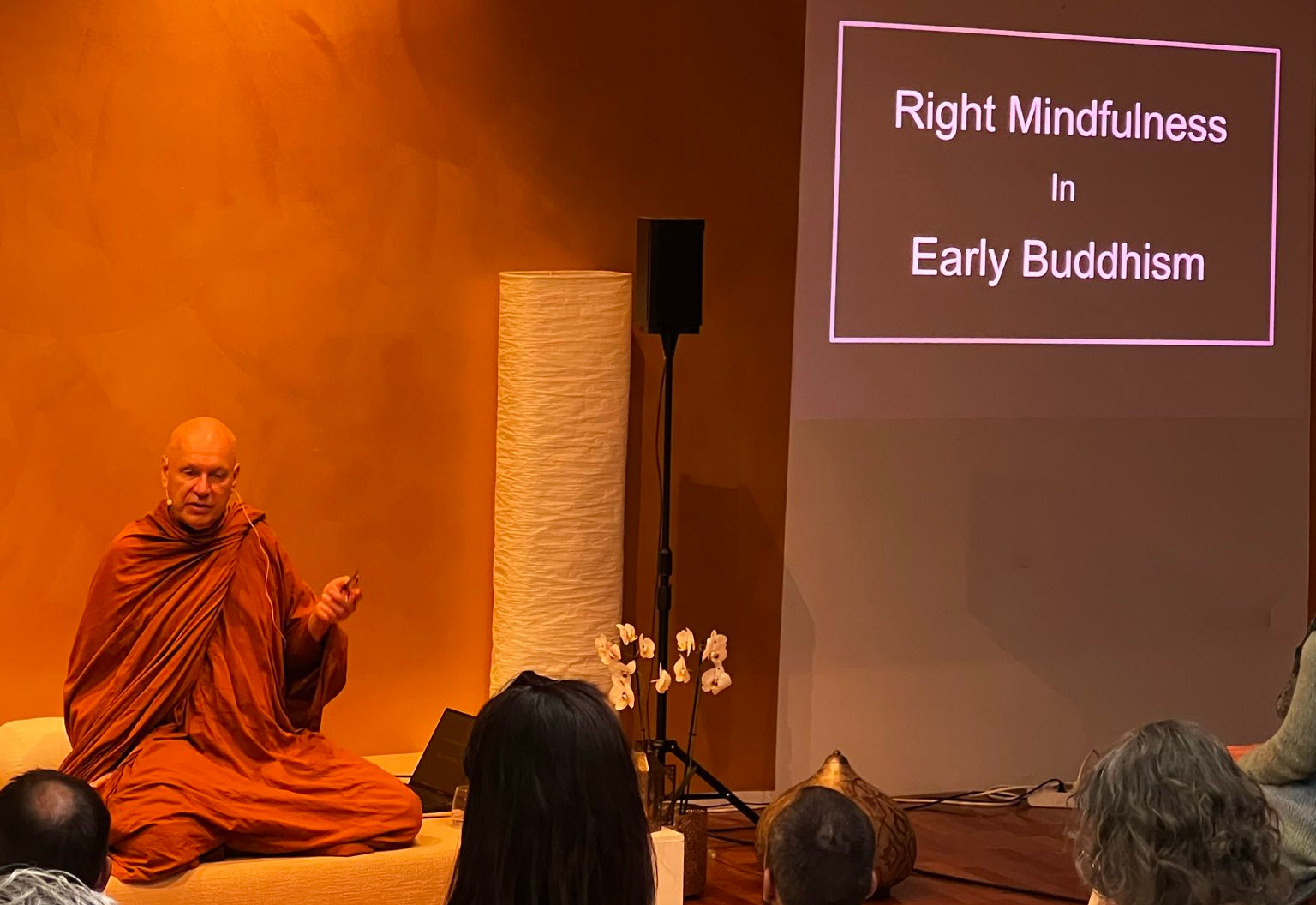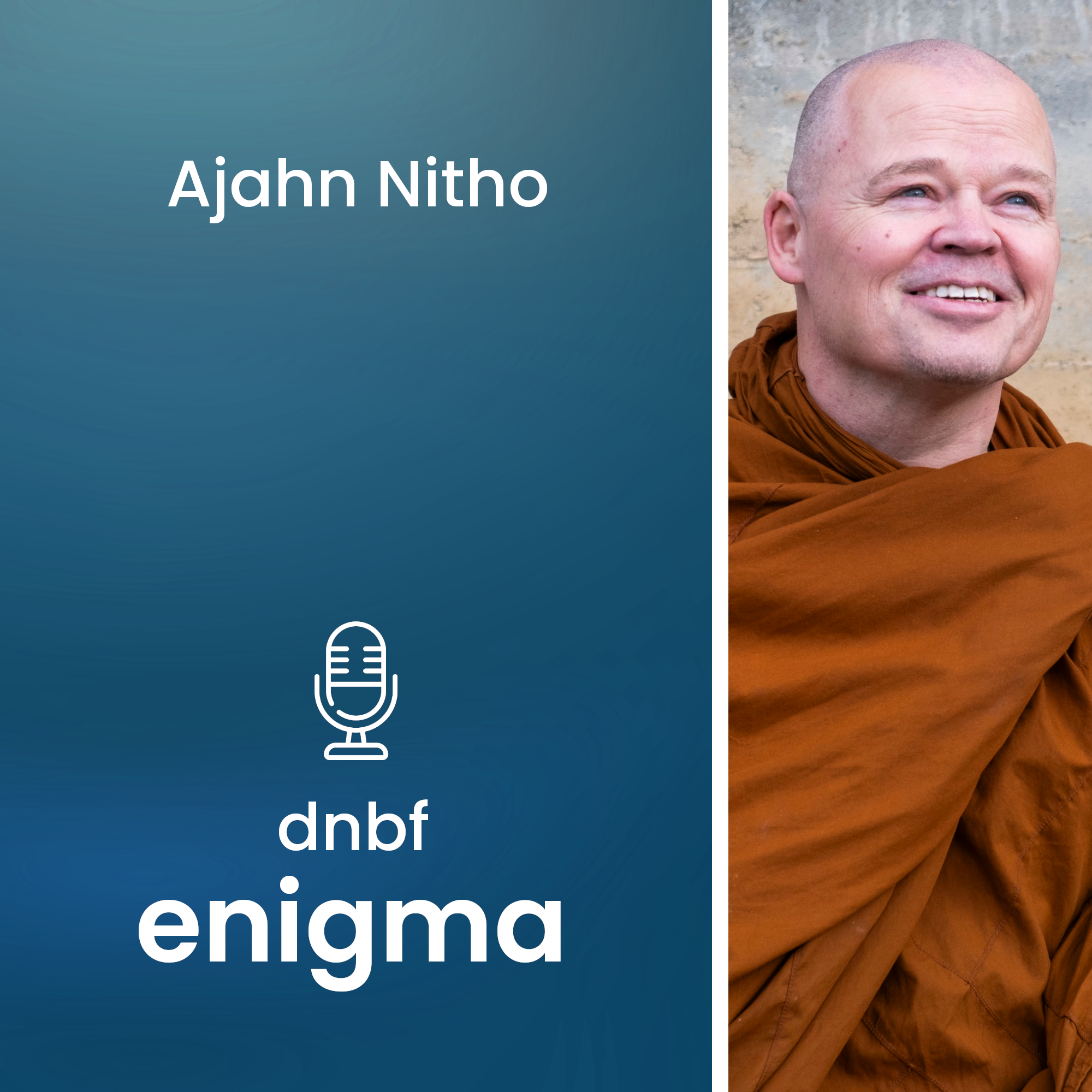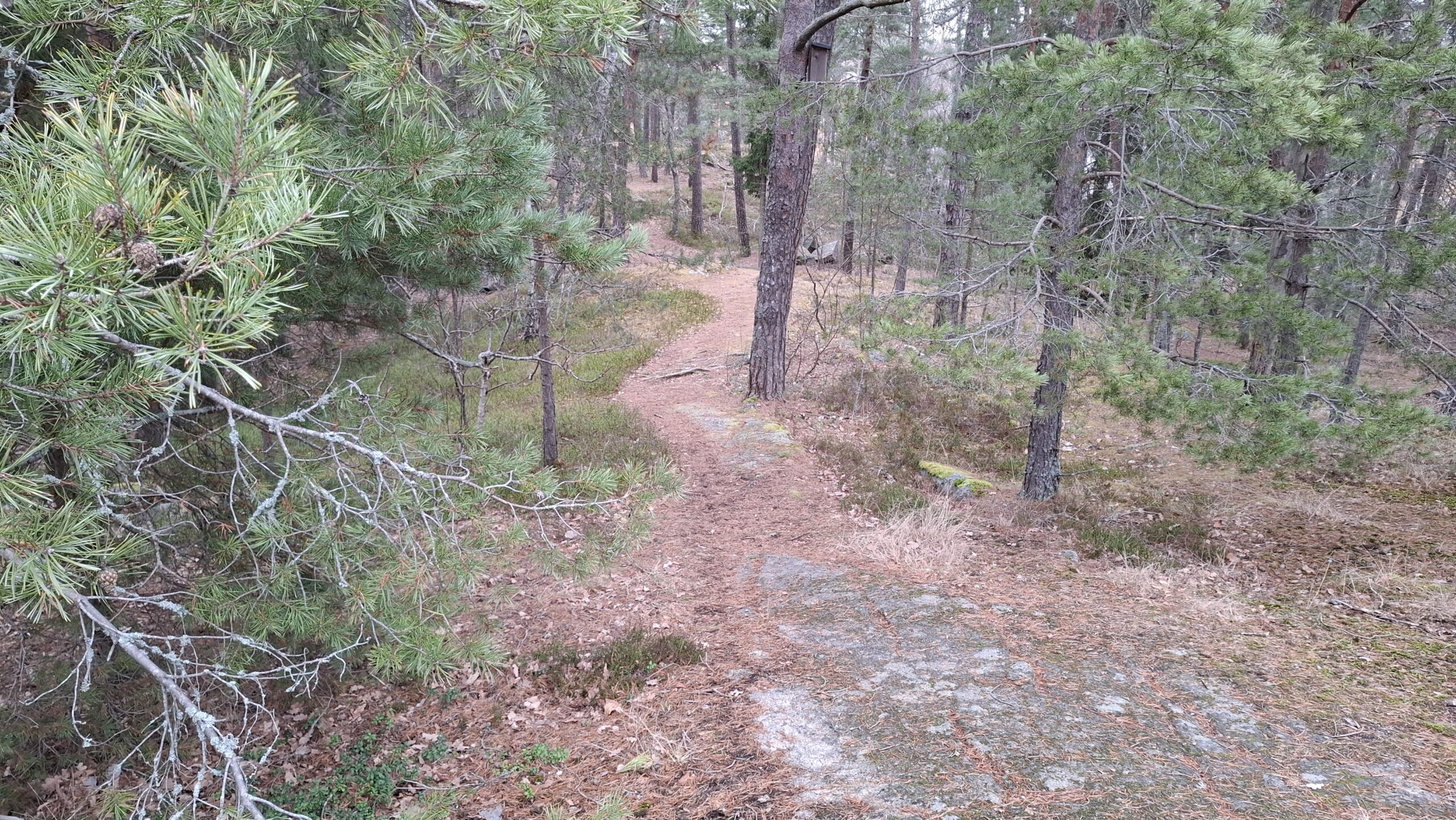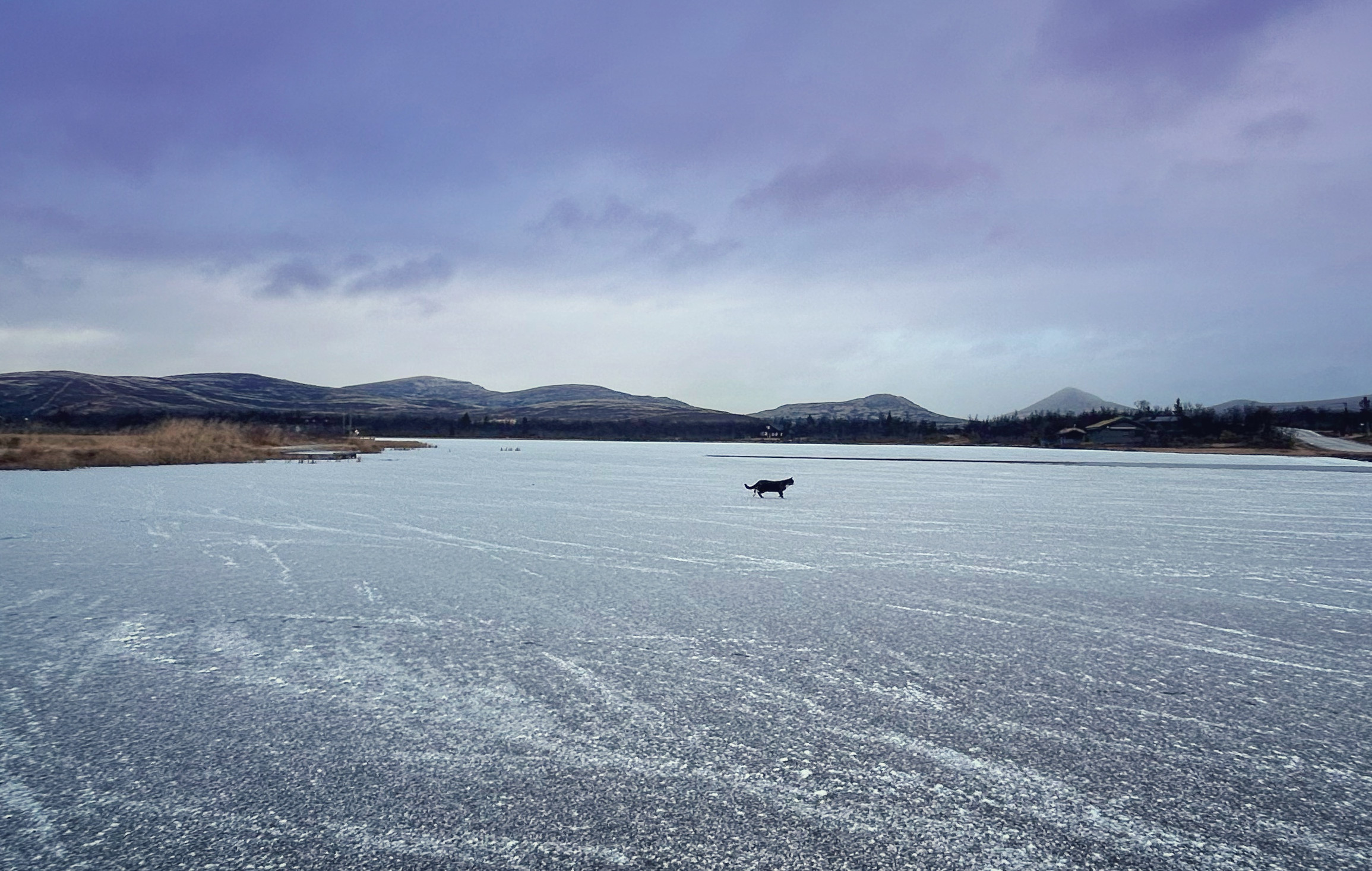A summer’s day picture – this and the pictures below are AI generated and not architecturally, practically or technically thought out at all – it shows just an example of a retreat center in the middle, which due to climate is interconnected on the sides with buildings for bhikkhunis and bhikkhus. The size of the center depends on the desired capacity for monastics and participants on retreats/courses.
We were asked to dream, and here is the dream from the board of DNBF: One center for all − a retreat center for the members and a home for bhikkhus and bhikkhunis.
Find the complete article here:
https://dnbf.org/en/center/
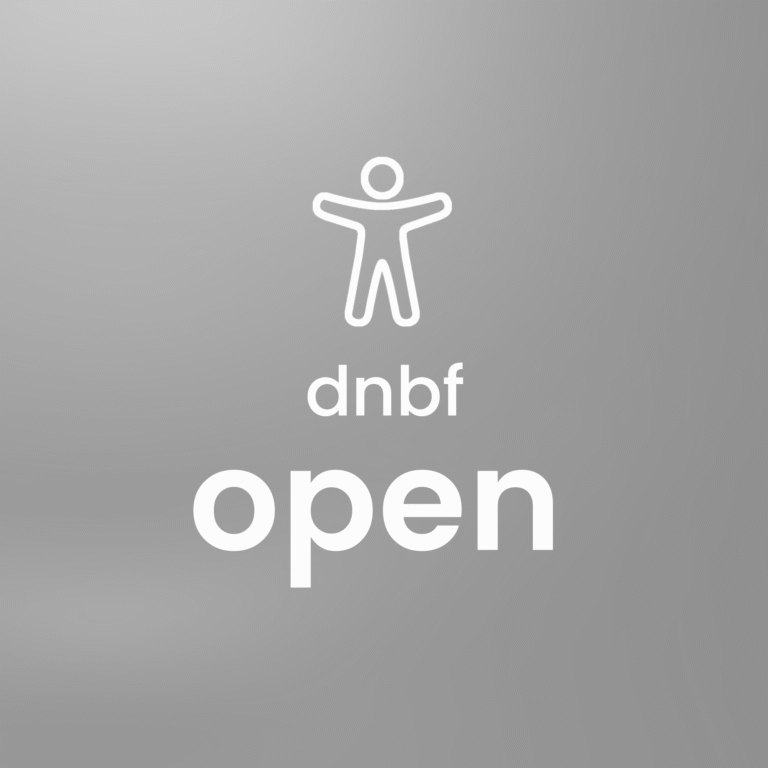

What
A center for teaching, inspiration, and practice of the Buddha’s teachings — for all — for quality of life, wisdom, and awakening. A place of silence – focus inwards.
A place divided into three cooperative yet autonomous parts: 1) A retreat center for everyone 2) a home for bhikkhunis, and 3) a home for bhikkhus. A center that is open for day visits, and stays with accommodation for shorter or longer periods of time.
The retreat center is intended as a place for teaching, inspiration, and practice of the Buddha’s teachings for members and the public. The wish is to have internal and external teachers, both from home and abroad, some with and some without ordination, who teach Buddhism at different levels and from different points of view throughout the year − retreats, courses, Pali/Sanskrit language, and other relevant events. Members can also come for private retreats, where they come for a desired period of time and practice alone. Housing units must also be built for volunteers who live full-time at the center and operate the retreat center.
Homes for bhikkhus and bhikkhunis are for men and women who want to practice full-time after ordination, and who follow a lifestyle that is optimized for development (vinaya). Monastics are vulnerable people materially − they do not have a salary or money, and therefore need security through legal agreements to avoid meeting a throwaway mentality, and to be able to create an optimal framework for spiritual development − really a home. From historical experience, this is especially true for women, who are deprived of their opportunities to participate on an equal footing with men − which unfortunately still is a reality in Norway today.
DNBF is already running retreats for 50 people at Venabu Fjellhotell, and the dream is premises for 5-10 bhikkhus and 5-10 bhikkhunis.
Why
Help people towards quality of life, wisdom and awakening.
Where
A quiet enough place, but also close enough to Oslo for day visitors. Public transport is important for the retreat center. Little passing traffic. Proximity to Oslo Airport is an advantage. Can be in a forest, in an agricultural area or mountainous area.
Preferably a public outdoor area as a neighboring property, for walks in nature − or large enough property for your own hiking areas. Preferably an area without hunting.
How
Creating such a center will involve many stakeholders, and not everyone will get what they want. The goal is not perfection, but to accept that there is a lot we cannot control, and that we can still create something that is very good.
Culture
“Early Buddhism” is the teaching that lies at the heart of all Buddhist traditions. DNBF belongs to the forest tradition where the foundation is precisely early Buddhism − to go back to what the master himself taught and actually practice this − as opposed to traditions that have developed away from the teachings of the Buddha.
For the monastics, the inspiration comes from the culture and lifestyle of Bodhinyana (Ajahn Brahm) and Ajahn Ganha’s place in Thailand, i.e. The Ajahn Chah tradition. Focus on practice − both during work/activities in the morning and own meditation/silence/study in the afternoon and evening.
DNBF has had equality as its foundation since its inception, and are providing equal opportunities for men and women, with or without ordination. It also means both women and men who practice full-time, and teach − bhikkhunis and bhikkhus.
This must be a combined Norwegian and English language culture, because there are almost no books and teaching in Norwegian, and there are no bhikkhunis who speak Norwegian.
Architecture
Simple, solid, low-maintenance − a center with okay nice architecture. For monastics, it is very important to be able to stay alone and undisturbed, for example through small huts in the forest. If we choose larger buildings, this must be reflected through room solutions and insulation so that they can retreat for their own practice in larger buildings as well. Due to the climate in Norway, it is important to utilize geothermal heat − it can save 50-70% of the costs of heating. Good ventilation. Nordic materials such as stone, wood and glass.
Simpler constructions such as roofs for outdoor walking meditation in the summer.
Organisation
The society must, as now, have an executive board, where both men and women, bhikkhus and bhikkhunis are represented.
Legally, one bhikkhu will be the manager and responsible for a home for bhikkhus, and one bhikkhuni will be the manager of a home for bhikkhunis. A person or the board will lead and be responsible for the retreat center.
Food
Good and healthy food is important, even if the food is often simpler and more homemade than in a restaurant. A retreat center must have a suitable commercial kitchen and dining hall. Good food for the monastics is just as important. The tradition is that day visitors bring food for serving, and this food must be prepared in the kitchen for serving.
Operations and finances
The strength of the Norwegian culture is the strong spirit of volunteerism, where members set aside time to help practically their societies. At the same time, we must accept that cultural Norwegians do not make donations to spiritual organizations, perhaps because the state in Norway provides financial support and uses tax money to finance property, buildings, operation and administration of spirituality > Christianity in Norway. People are used to participation being “free” and therefore do not want to donate monetary gifts, which actually is paid for through taxes. Nevertheless, it costs money to run a center, and then the solution is probably a combination of some donations and that retreats/courses cost money for the participants.
The retreat center can also be built so that it can be rented out to other organizations, which are either Buddhist or have spirituality close enough to Buddhism, without disturbing the activities of resident monastics. The more rental to external activity for economic reasons, the greater the need to think about separation between monastics and retreat centers under design/architecture − at the same time as they are interconnected.
We find being financially responsible important, and we must adapt to the conditions of Norway to secure operations, and wish to ensure the possibility for the center to be rented by others − but ideally we only want to create a focused retreat center and home for monastics.
Temperatures around Oslo, years 2021, 2022, 2023 and 2024 with data from the Norwegian Meteorological Institute. This is an image slide with four images − one for each year.
Winter and snow ploughing in Norway.
Summer in Norway.
Construction stages
For those with a background from Australia, California and warm countries, it is important to know that Oslo and Norway have temperatures down to -20°C some periods through the winter and a landscape thick with snow. Between 50 and 100 days a year, the average temperature is below 0°C, while in summer the temperature goes up to +30°C.
So in Norway, few and large buildings are built, not many small ones. Large buildings are very economic in regards to heating, and it saves work in keeping the outdoor area free of snow. Outdoor areas in warmer countries that are often used must be indoors in Norway. Larger groups of people prefer to be together in one large building for practical reasons.
And in Norway and the Nordic countries, winter is the best time to arrange retreat, because people prefer being indoors anyway. But because of the climate, everything has to be indoors. In the summer, after a long winter, people want to be outside in the warmth and nature, enjoy the sun and be social − not sit inside on retreat.
So if we are to realize a dream of both a retreat center, a home for bhikkhunis and one for bhikkhus, the first construction stage is proposed to be the actual shell building (groundwork, concrete, load-bearing structure, roof, walls, windows and doors) which normally accounts for about 30% of the total cost, and the subsequent construction stages is to complete the rooms and facilities inside the building over time (which can then be built throughout the year).
Winter and snow have significant negative consequences for everything outdoors in Norway, but winter and snow are also beautiful − quiet and peaceful. So the rains retreat will be January, February and March.
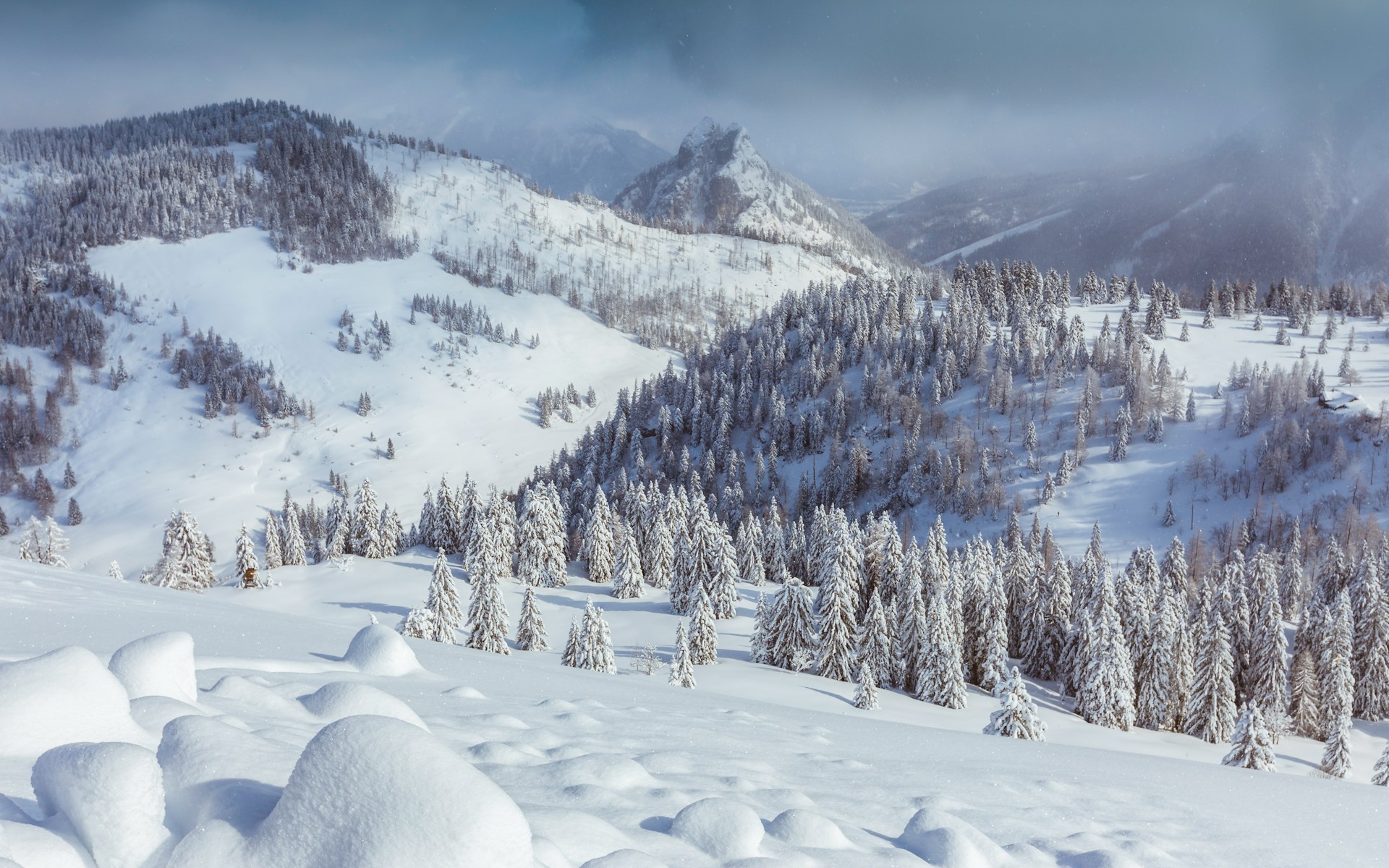
Buddhism in Norway and equality
In Norway, close to 1% of the inhabitants are registered as Buddhists, and Norway has a Buddhist federation with the largest associations. DNBF, which has about 130 members, is not a member of the Buddhist Federation in Norway, because the statutes of the federation mean that some very few and large associations in practice have a veto on the board, and have had it for many decades. The problem is that these large associations all have a set of values that systematically discriminate against women, and by membership in the Buddhist federation, the associations are bound by decisions made by the federations’s board − and this is leadership DNBF choose to avoid today. For us, both the Buddhist federation and the member associations are our friends, but we choose to stand a little on the side and highlight a 2500-year-old standard of equality, the human rights and the laws we have in Norway to ensure ethics and justice.
Photo: Edwin Petrus, Saile Ilyas, Dan Gold, Michael Hacker
Wednesday, 15. October 2025

The board of DNBF and some members have now together described a dream for our future when it comes to property and buildings to promote inspiration, practice and the social.
Monday, 6. October 2025

Nitho was to become a successful economist, but in stead he became a Buddhist monk. He partly blames the mountains for that.
Saturday, 20. September 2025

The meeting with the monastics in southern Italy was more than a volunteer stay. It was a reminder of why the fight for equality in Buddhism means so much.
Wednesday, 10. September 2025

It is an honor to be the person who thanks you for your help, on behalf of a world of people who seek wisdom and happiness.
Tuesday, 8. July 2025

Ajahn Brahmali was invited to Norway to teach Satipatthana or Right Mindfulness, and how this is explained in early Buddhism and how it creates a clear, happy and free mind. Find the podcast episodes and notes of the teaching here.
Tuesday, 27. May 2025

DNBF's former chairman Jon Endre Mørk and Nitho had to go to Oxford to meet and congratulate Venarable Canda, which has just established the first place for fully ordained women in the UK. There was both retreat teaching, BBC interviews, a walk along the Themes river and the opportunity to get to know the new center.
Sunday, 25. May 2025

The spiritual training is like aircon for your mind.
Wednesday, 21. May 2025

We had more than 50 registered for the Venabu retreat in the spring of 2025, and since spring came early and Venabu was free of snow, there was also the opportunity for a trip and practice out in nature. You can also find the teaching here.
Friday, 9. May 2025

Focusing on the fact that our body is going to die, can arouse a sense of spiritual urgency, that again can help us developing wholesome states of mind.
Friday, 7. March 2025

DNBF annual report for 2024 - activities, future, chair's report, spiritual leader's report and accounts.
Wednesday, 12. February 2025

The Eightfold Path, and hindrances in meditation was the theme in Stockholm February 2025.
Sunday, 29. December 2024

Prior to the pilgrimage to India, we visited the first woman in Thailand to be fully ordained as a bhikkhuni in modern times.
Thursday, 7. November 2024

From the opposite side of the planet, the retreat's instructor Bhante Sujato came by plane to Oslo, and he was transported straight to the mountains to rest and overcome jet lag, before the retreat at Venabu started.
Thursday, 31. October 2024

How does the mind work? Often we don't understand, and we create problems for ourselves and others. But it IS possible to develop wisdom and to be free!
Tuesday, 17. September 2024

The first retreat of the fall was called The Way Home and was a weekend with a light atmosphere and 18 practitioners who got to know Jaran de los Santos Olsen's meditations on body, emotions and presence.
Saturday, 26. November 2022

Training the mind, is not forcing the mind, but understanding and working with your mind.


